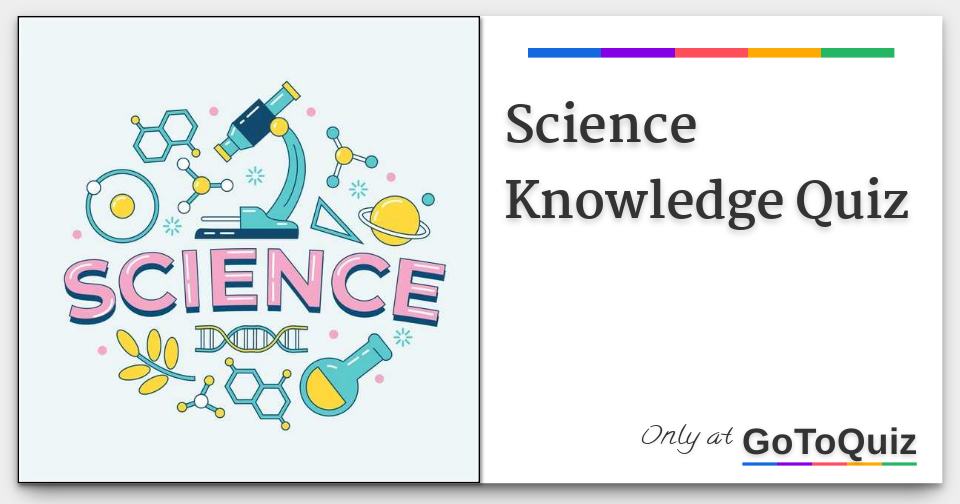Featured
- Get link
- X
- Other Apps
What Is The Conclusion In The Scientific Method
What Is The Conclusion In The Scientific Method. The results of the experiment and your overall thoughts about what you learned throughout the scientific method process. Now it is time to summarize and explain what happened in your experiment.

Now it is time to summarize and explain what happened in your experiment. The scientific method is a series of processes that people can use to gather knowledge about the world around them, improve that knowledge, and attempt to explain why and/or how things occur. The scientific method is a logical and rational order of steps by which scientists come to conclusions about the world around them.
The Scientific Method Is An Empirical Method Of Acquiring Knowledge That Has Characterized The Development Of Science Since At Least The 17Th Century.
Here are the seven steps of the scientific method illustrated by an example scientific hypothesis: Does the scientific method include a conclusion? The six steps of the scientific method include:
Scientific Inquiry Starts With An Observation Followed By The Formulation Of A Question About What Has Been.
A negative conclusion (proving that your theses was incorrect) is actually just as much of a success as a positive one (proving your thesis was correct), because they both increase our knowledge. The conclusion is one statement, backed up by data analysis, that supports or refutes the hypothesis. The scientific method is a series of processes that people can use to gather knowledge about the world around them, improve that knowledge, and attempt to explain why and/or how things occur.
A Conclusion Is A Statement Based On Experimental Measurements And Observations.
Allow the scientific method to keep working, even at the end, to narrow your choices and ease your decision. A scientific conclusion is the final claim of the scientist made upon analyzing the experimental data (evidence). A scientific theory is not the end result of the scientific method;
If The Hypothesis Is False, Create A New Hypothesis Or Try Again.
In other words, did your experimental results support your hypothesis or not? The scientific method helps to organize thoughts and procedures so that scientists can be confident in the answers they find. Now it is time to summarize and explain what happened in your experiment.
Unlike A Hypothesis (Tentative Claim Of The Scientist), The Conclusion Is A Claim That Has Been Tested.
A difficult college choice is an awesome thing— it means you have college options to decide from, which is a very good thing. Finally, you've reached your conclusion. The number of steps can vary from one description to another (which mainly happens when data and analysis are separated into separate steps), however, this is a fairly standard list of the six scientific method steps that you are expected to know for any science class:
Comments
Post a Comment